Newsfeed
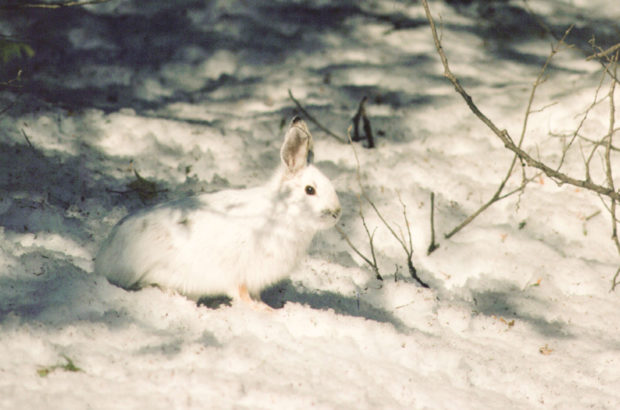
Rabbit Hemorrhagic Disease May Threaten Vermont’s Rabbits and Hares
April 19, 2021The Vermont Fish and Wildlife Department says a disease affecting rabbits and hares previously found in western states may be moving eastward. Rabbit hemorrhagic disease (RHDV2) is a virus known to be extremely lethal to wild and domestic rabbits, including cottontail rabbits and snowshoe hares.
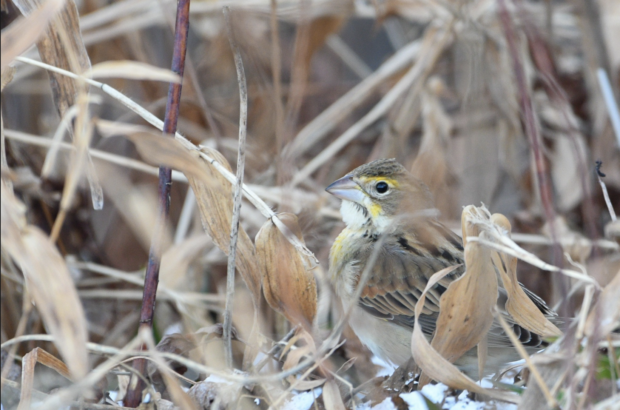
Vermont Town Birding Challenge
April 7, 2021Vermont’s 251 towns offer up a vast array of habitats and birdlife. Recently, Vermont birder Bob Heitzman accomplished his goal of birding in each of Vermont’s 251 towns, a monumental achievement! Learn how focusing your birding efforts at the town level can be rewarding in so many different ways.
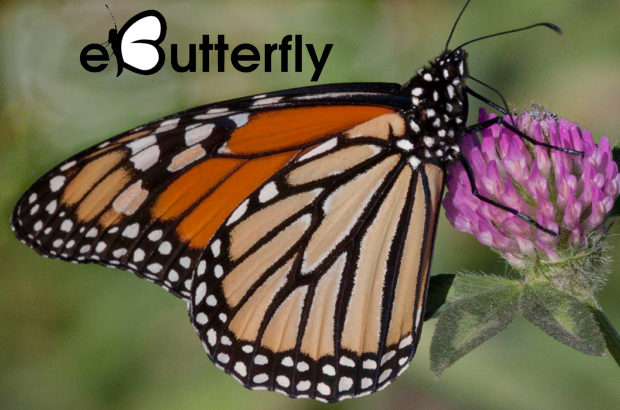
Learn How to use eButterfly: Join an Upcoming Live Webinar or Watch One Recorded!
April 1, 2021Every time butterfly watchers raise binoculars and cameras to record a butterfly sighting, they collect important data. We invite you to join us for one of our webinars that will demonstrate how to use eButterfly and answer any of your questions.
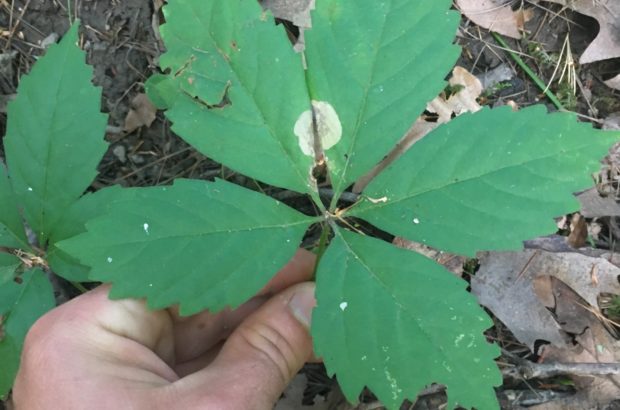
VAL Observation Helps Identify New Leaf Mining Moth Genus
March 19, 2021While exploring the LaPlatte River Marsh Natural Area in the fall of 2019, VCE’s Bee Biologist Spencer Hardy noticed a Virginia Creeper with an interesting pair of leaf mines on it. A recent study found it to be part of a new moth Genus and new species for Vermont.
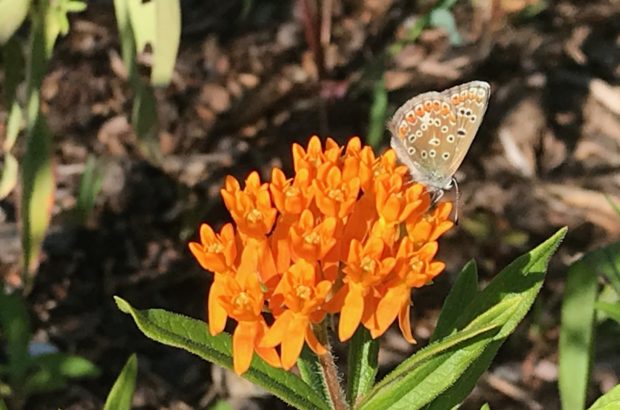
New Butterfly Species Found in Vermont
March 15, 2021Fifteen years after it was first discover near Montreal, Canada, the European Common Blue (Polyommatus icarus) has been found in Vermont. On September 5, 2020 David Barrington captured an image of the species at Alburg Dunes State Park.
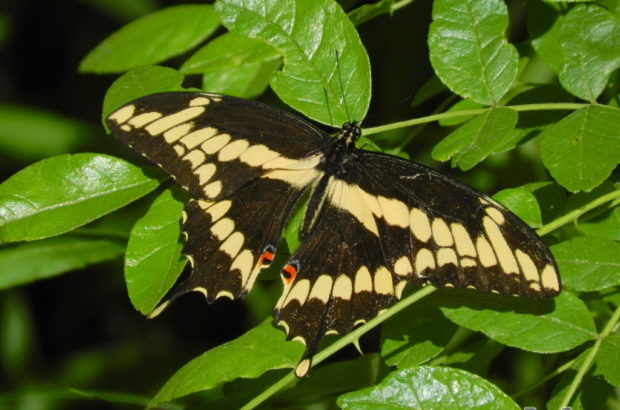
A Giant Leap Northward for a Butterfly
March 3, 2021It’s hard to miss a giant. In 2010 when the largest butterfly in North America fluttered among Ardys Fisher’s flowers at the end of July, she knew it was something neat. Now, our study published in Frontiers in Ecology and Evolution this week shows an unusually rapid northward range shift by the Eastern Giant Swallowtail over the last two decades.
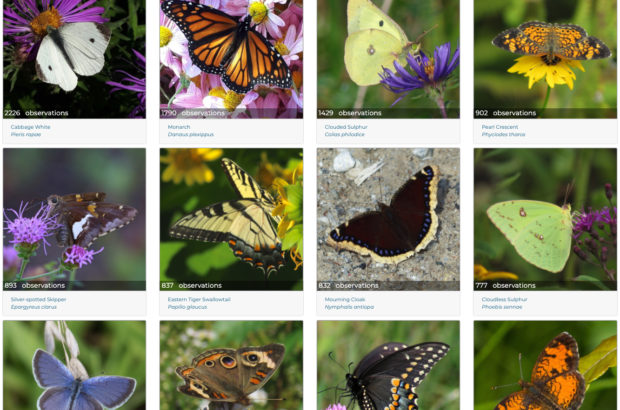
2020 eButterfly Year in Review
January 28, 2021From the first observation of 2020, a Gulf Fritillary nectaring on the Gulf coast of Florida submitted by Gary Leavens, to a Long-tailed Skipper nectaring at the end of December shared by mbspang, butterfly watchers added over 38,500 butterfly records to the ever growing eButterfly database of checklists. The reports fluttered in all summer long. We had more than 8,300 checklists with over 22,000 photographs comprising 523 species of butterflies reported during the year.
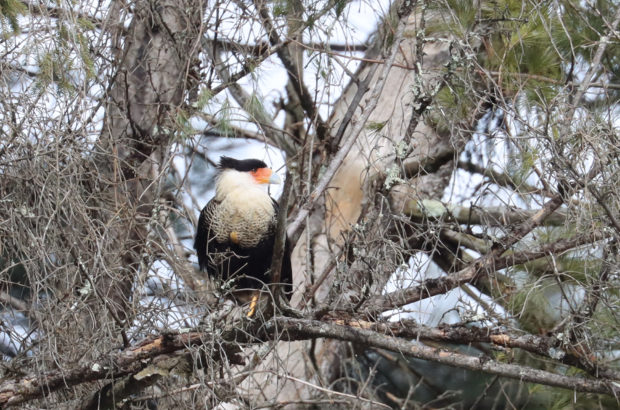
Vermont Birders Rally During 10th Annual eBird County Quest
January 27, 2021From the first day of 2020 when eBirders reported an incredible 81 bird species, to the discovery of a Crested Caracara in Woodstock, Vermont birders scoured fields and fens, mountains and meadows, lakes and lawns to find as many bird species as possible during the 10th annual Vermont eBird County Quest. In the process, they also collected invaluable data for science and conservation.
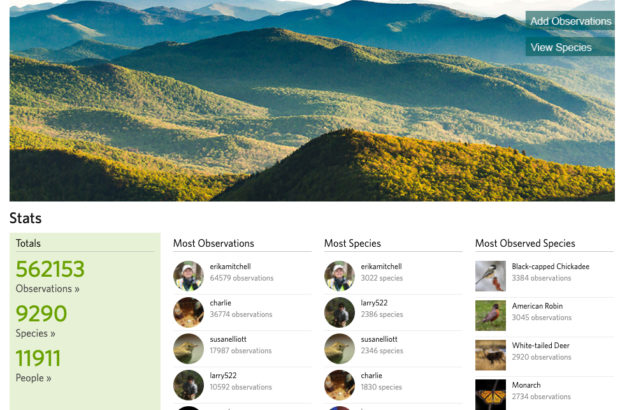
Naturalists Help the Vermont Atlas of Life on iNaturalist Build Biodiversity Big Data in 2020
January 27, 2021From the first observation of 2020, a Gray Fox still celebrating the New Year at 4:30 AM submitted by ckhunt, to Great Mullein leaves poking out of the snow shared by Pete Kerby-Miller at twilight on the last day of the year, naturalists added nearly 175,000 biodiversity records to our rapidly growing database of life in Vermont.
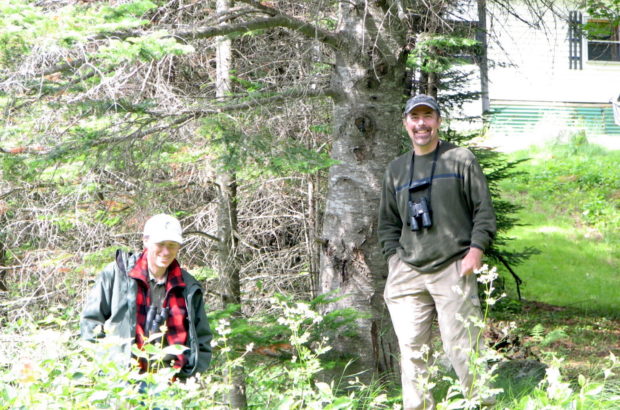
Craig Provost: A Vermont Birding Quest for the Ages
January 4, 2021This past June, he achieved a birding milestone that precious few Vermont birders will ever realize, as he became just the second person in history to document 150 species in all of Vermont’s 14 counties, each within a single calendar year!
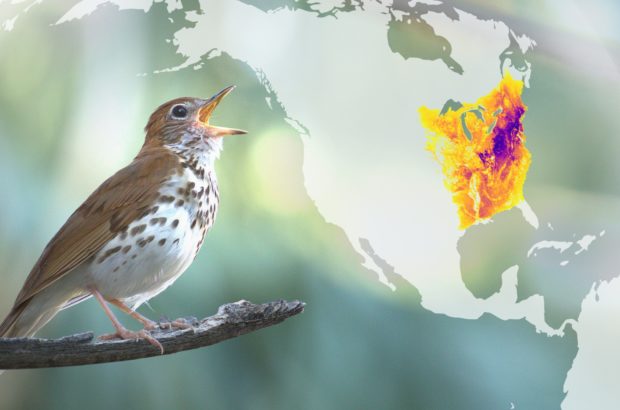
New look at movements and distribution patterns of 807 bird species across the globe
December 16, 2020The mesmerizing visualizations brought to you by the eBird Science team with the help of more than 9,000 Vermont eBirders and over 300,000 eBirders around the world offer a bird’s-eye view of avian movements. One could easily get lost in watching warblers and flycatchers migrate across continents—it’s an experience like no other.
Big Biodiversity Data Now at Your Fingertips
December 14, 2020The Vermont Center for Ecostudies launched an ambitious online project that allows anyone at a computer to explore vast amounts of data on biodiversity across the Green Mountain State. Now released as a beta version, the Vermont Atlas of Life Data Explorer is the newest implementation of the Living Atlas platform, powerful software first developed in Australia and now being implemented by countries around the globe.






